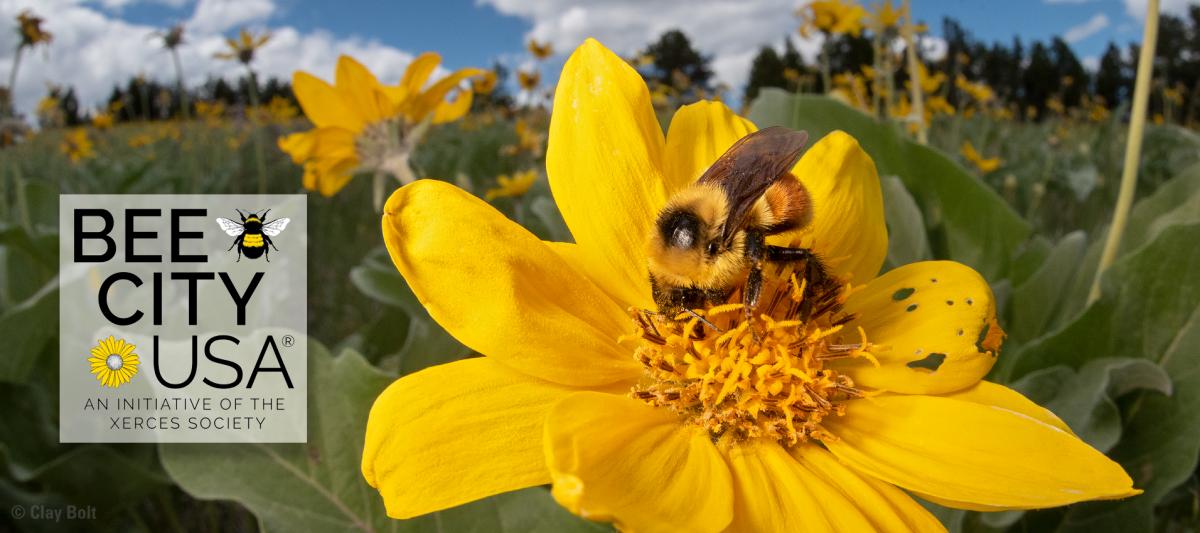For details on reaching any board, committee, or commission, please contact:
City Clerk
220 E. Park Street
Livingston, MT 59047
406-823-6002

Program Overview & Information
Montana is home to several hundred species of native bees and other pollinators. Many live within Livingston’s city limits including the rare western bumble bee (Bombus occidentalis), which has been proposed for listing under the Endangered Species Act. The City will join many other cities and campuses nationwide which are united in improving their landscapes for pollinators.
Research has shown significant declines in native pollinator population sizes and ranges globally with up to 40 percent of pollinator species on Earth at risk of extinction in the coming years as a result a variety of environmental stressors including habitat loss and degradation, exposure to pesticides, diseases and pathogens, and climate change. By becoming a Bee City USA® affiliate, Livingston, Montana has made a commitment to do its part to help reverse this concerning trend.
About Bee City USA
Bee City USA and Bee Campus USA work to galvanize communities to sustain pollinators, in particular The US’ nearly 4,000 species of native bees, by increasing the abundance of native plants, providing nest sites, and reducing the use of pesticides. Bee City USA and Bee Campus USA are initiatives of the Xerces Society for Invertebrate Conservation.
About Native Pollinators
Bees transfer pollen between flowers, enabling the incredible diversity of plants on our planet to fruit and reproduce. Pollinators are keystone species in essentially every ecosystem on earth, facilitating the reproduction of over 85 percent of all flowering plants and over two-thirds of agricultural crops.
In addition to the domestic honey bee (Apis mellifera), a species brought to North America from Europe in the 1600s, there are thousands of bee species that are native to the United States. Several hundred are found in Montana, alone. These wild bees are generally quite different than the domesticated honey bee–most of them live solitary lives, with a single female—you could say a hard-working single mother—doing all the work to build a nest, collect pollen and nectar, and lay eggs.
Unlike the honey bee, which nests aboveground and can be managed in wooden hives, more than two out of three wild bees live underground in nests that can be hard to spot from the surface! Some dig down and lay their eggs several feet below ground, while others make nests near the soil surface or in hollowed out plant stems above ground. While bees are the most important pollinator, butterflies, moths, beetles, flies, wasps, bats, and hummingbirds also contribute to pollination.
Bee City USA Commitments
Visit Bee City USA’s website for more information.
Connect with Bee City USA
Committee Information
On June 20, 2023, Livingston, Montana’s City Commission voted unanimously to become a Bee City USA® affiliate. The City of Livingston joins many other cities and campuses nationwide that have made commitments to in improving their landscapes for pollinators. The Commission’s action reflects the goals identified in Livingston’s growth policy, and efforts of the Parks and Trails Committee to accomplish this affiliation.
Livingston Committee Chair and Co-Chair:
Social Media: